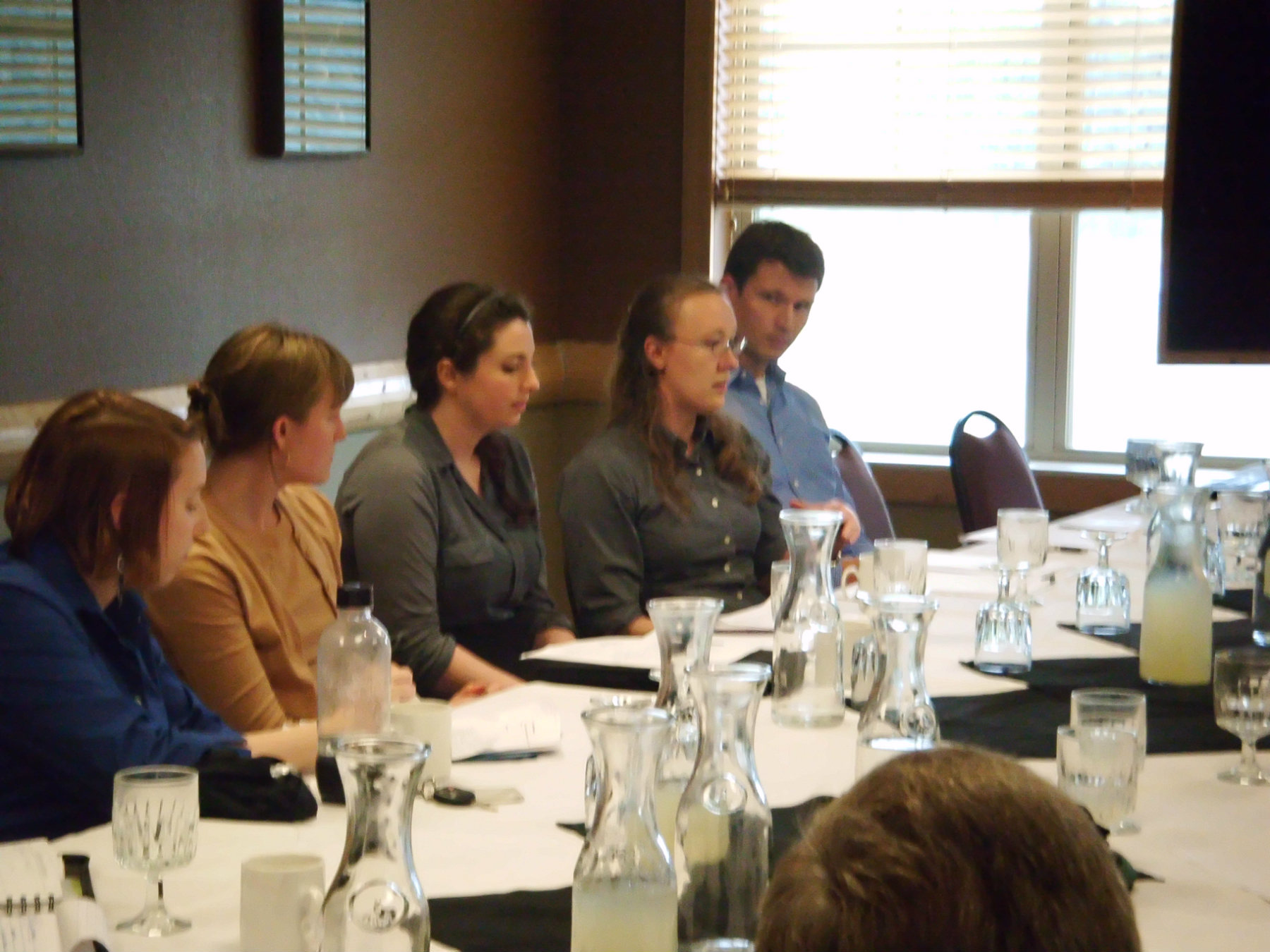Housing
Housing options can be a struggle for many people if they do not know what is available to them and what options they have when making an investment in their housing choices.
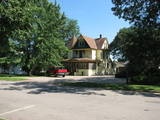 According to Wikipedia:
According to Wikipedia:
"Affordable housing is a very complex issue that deals with multiple funding sources, regulations, public and private partnerships, energy consumption and neighborhoods. In many cases housing is one of the largest investments a person will make in their lives. Some people prefer renting due to maintenance repairs while others want the flexibility of owning their own home. Whichever is preferred, education is the key to making a successful home.
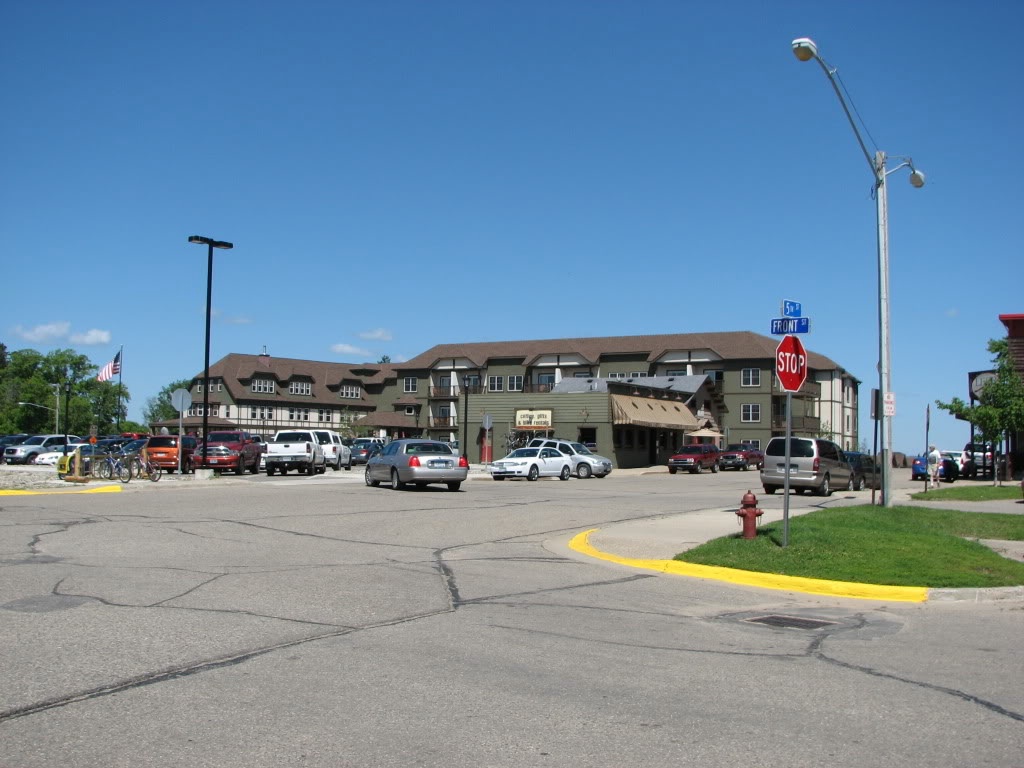 Housing organizations work with many different people including (but not limited to): city officials, county officials, service providers, consultants, and for profit entities partner to try and develop the best housing options for each area. These options include both rental and homeownership and can look very different within each community."
Housing organizations work with many different people including (but not limited to): city officials, county officials, service providers, consultants, and for profit entities partner to try and develop the best housing options for each area. These options include both rental and homeownership and can look very different within each community."
 What is sustainable housing? In the resilient regional planning process, participants identified a number of pre-requisites to sustainable housing - these are homes that are energy efficient, located near employment centers, and which are built, or maintained, in a way that decreases the potential negative impact on the surrounding environment: lakes, rivers, and streams.
What is sustainable housing? In the resilient regional planning process, participants identified a number of pre-requisites to sustainable housing - these are homes that are energy efficient, located near employment centers, and which are built, or maintained, in a way that decreases the potential negative impact on the surrounding environment: lakes, rivers, and streams.
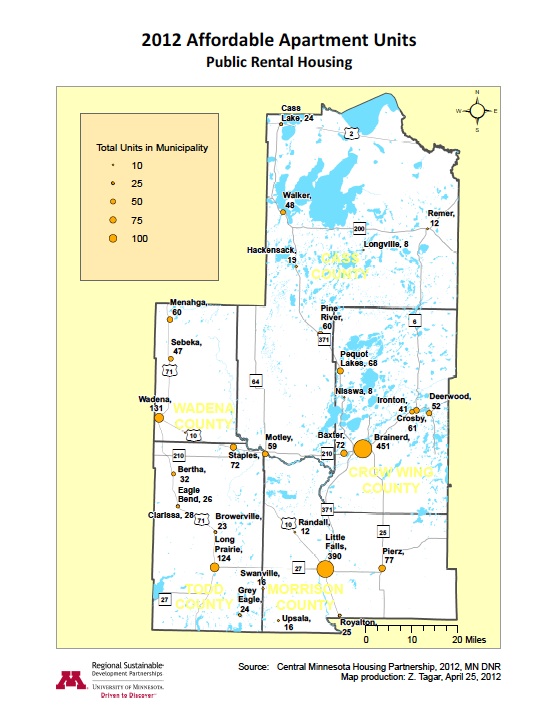 HOUSING RESOURCES
HOUSING RESOURCES
Renting options within the region can be found on the 2012 Affordable Apartment Units Map. This is a list of affordable housing options available to those within the 5 county region. Affordable rental options can vary depending on how the property was financed during the building of the project. Some projects have subsidies attached that only require that the tenant pay 30% of their income towards rent.
Homeownership is not always the best choice for all families. The best way to know what is involved with homeownership is to attend the Central Minnesota Housing Partnership's (CMHP) Home Stretch classes. Additional people involved with purchasing a home include: Realtors, lenders, home inspectors, insurance agents, closing companies and housing counselors.
When families already own their own home, fix up funds are sometimes needed to provide needed improvements. To help save money, owners can make energy efficiency improvements to their home to help reduce their energy bills throughout the year.
When available some organizations or lenders have down payment assistance or other programs to help homebuyers get into their home. This is always changing as organizations funds deplete. Knowing who to ask the right questions to is the key to finding out more about assistance.
The Resilient Region Plan
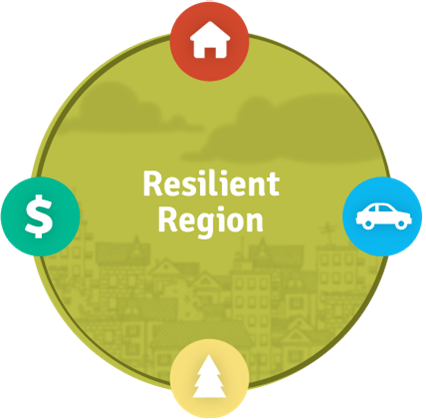 Our Plan. This plan was presented to the community at our celebration event August 14, 2012. It included the Livability Principles, Regional Guiding Principles, Vision and Values, and Issues, Goals, Recommendations, and Action Steps organized across 11 Themes. It addressed sustainable and affordable housing in a number of ways.
Our Plan. This plan was presented to the community at our celebration event August 14, 2012. It included the Livability Principles, Regional Guiding Principles, Vision and Values, and Issues, Goals, Recommendations, and Action Steps organized across 11 Themes. It addressed sustainable and affordable housing in a number of ways.
Table of Themes Cross Referenced with Principles & Source (Final Report Reference: Appendix B) provides greater detail regarding housing issues, goals, recommendations and action steps. (See Theme 1: Infrastructure - Housing and Theme 11: Valuing Interdependent Communities and Neighborhoods - Affordable Housing and the workgroup column with codes beginning with "H").
A requirement of the HUD/DOT/EPA grant was to conduct a Fair Housing Equity Assessment – FHEA (Final Report Reference: Appendix E-1). The FHEA was prepared by the Central Minnesota Housing Partnership (CMHP) with assistance from R5DC, University of Minnesota, and EnSearch.
The process used to map the FHEA may be found in Mapping the Process (Final Report Reference: Appendix A-24).
Affordable Housing Location Model This model was created by Zach Tagar to help the project determine where there was a need for affordable housing within the region (Final Report Reference: Appendix E-2).
William Mitchell Law School, U of MN CURA, and U of MN Law School students assisted the project in conducting a number of speciality studies and developing policy tools:
- The Model Comp Plan provides sample city and county policies to support affordable housing (Final Report Reference: Appendix I).
- A section of the Policy Toolkit provides a review of resources to: 1) encourage sustainable building standards, 2) capitalize on existing housing capacity within the region, 3) assessing regional housing needs, and 4) supporting regional solutions (Final Report Reference: Appendix H).
- The City Housing Policy Analysis was prepared by John Sisser, University of Minnesota Regional Sustainable Development Partnership. It includes a review of affordable housing policies for the cities of Long Prairie, Little Falls, Walker, Brainerd & Wadena (Appendix A-20f).
- Michael Dorfman, University of Minnesota Regional Sustainable Development Partnerships, analyzed the Cass, Crow Wing, Morrison, Todd and Wadena county housing policies (County Housing Policy Analysis, Final Report Reference: Appendix A-21g).
- Review of Local Zoning Ordinances for Housing Affordability Barriers was prepared by David J. Stellmach, Certified Student Attorney, with Diane Marie Dube, Supervising Attorney. It evaluates the zoning ordinances for barriers to housing affordability in 20 Region 5 communities (Final Report Reference: Appendix A-22d).
- Housing Barriers to Affordability, prepared by Susie Vang, Certified Student Attorney, and Diane Mare Dube, Supervising Attorney (Appendix A-22e), reviews typical barriers to housing affordability found in zoning ordinances.
- The Affordable Housing Ordinances memo identifies areas in the final comprehensive plan for affordable housing that need additional research. The memo was prepared by David H. Holt, Certified Student Attorney, and Diane Marie Dube, Supervising Attorney (Final Report Reference: Appendix A-22i).
To better understand housing priorities, strategies, issues, and solutions throughout Greater Minnesota, Minnesota Housing Finance Agency partnered with the Greater Minnesota Housing Fund and USDA Rural Development to carryout Regional Housing Dialogues (Final Report Reference: Appendix D-3).
For more information about affordable and sustainable energy efficient building resources contact our partners.
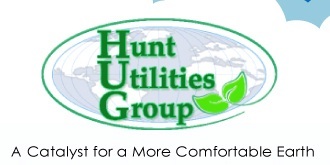 |
 |
|
|
 |
